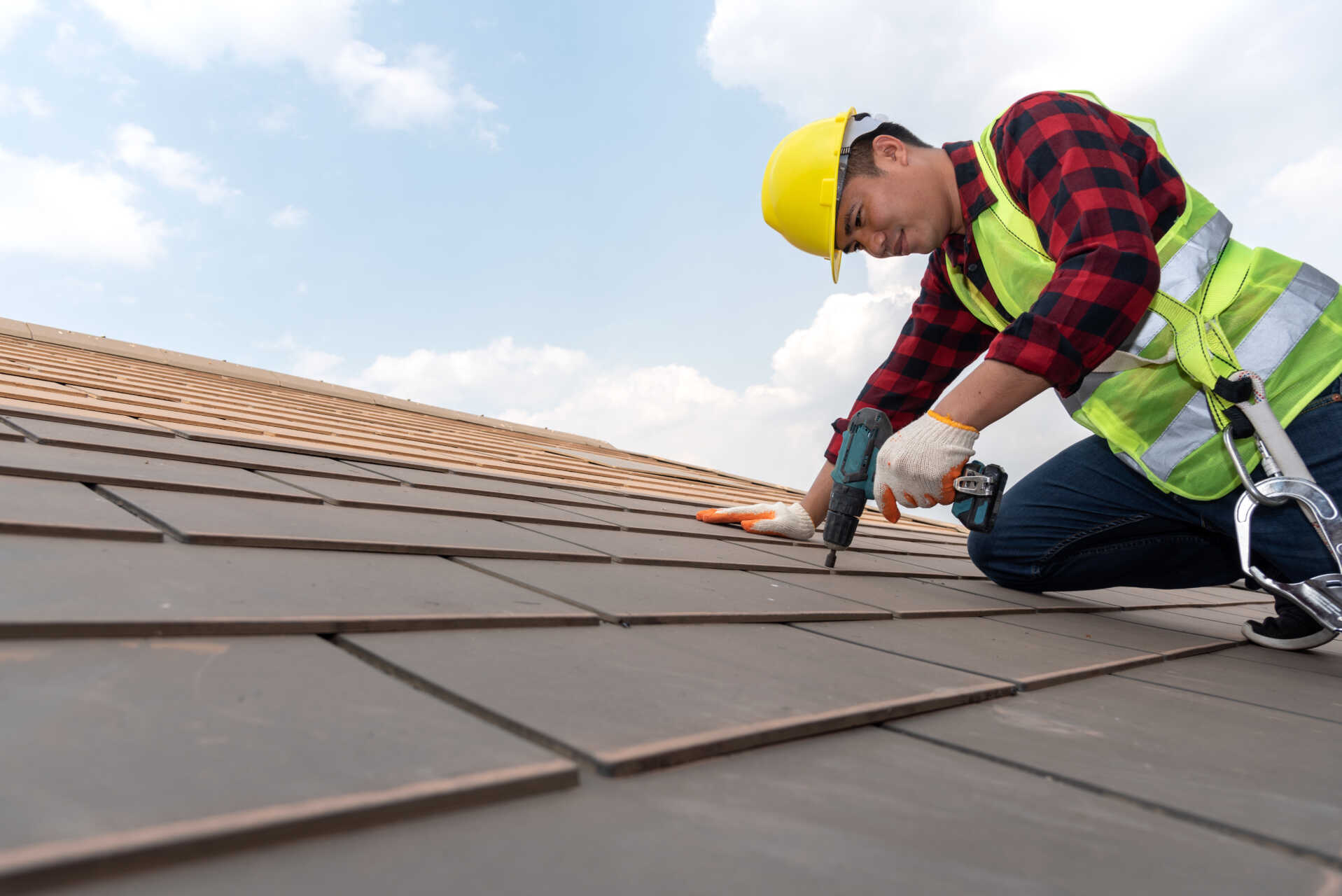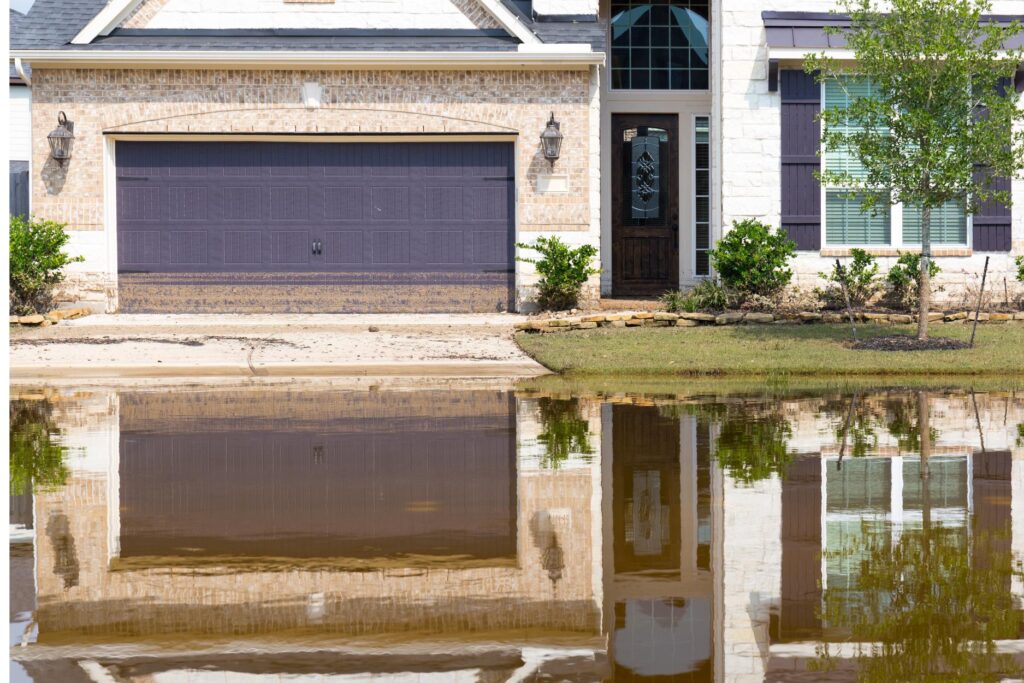Contents
When it comes to maintaining your property, creating a roof inspection schedule is essential. By strategically planning a budget-friendly inspection schedule, you can stay ahead of potential issues and save on costly repairs down the line. But how do you guarantee your inspections are both effective and economical? Well, the key lies in…
Key Takeaways
- Establish a regular inspection schedule based on property needs and climate conditions.
- Combine roof inspections with routine property checks to optimize time and resources.
- Utilize DIY techniques for basic inspections to reduce costs.
- Consider seasonal factors to plan preemptive maintenance and avoid costly repairs.
- Hire a professional inspector periodically for in-depth assessments and peace of mind.
Benefits of Regular Inspections
Regular inspections of your roof help identify potential issues early and prevent costly repairs down the line. By conducting routine checks, you can catch small problems before they escalate into major issues, ultimately leading to significant cost savings. Preventative maintenance is key in ensuring the longevity and structural integrity of your roof. It allows you to address minor damages promptly, avoiding the need for extensive repairs that can strain your budget.
These regular inspections provide you with a proactive approach to roof care, giving you peace of mind knowing that your home is well-protected. They help you establish a sense of belonging to your property, fostering a deeper connection and care for your living space. Understanding the importance of regular roof maintenance empowers you to take charge of your home’s well-being and financial stability. By investing time in these inspections, you’re prioritizing the long-term health of your roof and ensuring a safe environment for you and your loved ones.
Key Elements of Inspection Checklist
To ensure thorough roof maintenance, start your inspection checklist by focusing on key elements that play an important role in identifying potential issues early on. When conducting a roof inspection, paying attention to these inspection essentials can help you implement effective maintenance strategies. Here are some key elements to include in your inspection checklist:
| Inspection Essentials | Maintenance Strategies |
|---|---|
| Shingles and Flashing | – Check for any missing or damaged shingles. – Inspect flashing around chimneys, vents, and skylights. |
| Gutters and Downspouts | – Clear debris from gutters and downspouts. – Ensure proper water flow away from the roof. |
| Roof Interior | – Examine attic for signs of water leaks or mold. – Check insulation for moisture. |
| Seals and Caulking | – Inspect seals around vents and pipes. – Reapply caulking where necessary. |
Scheduling Tips for Roof Inspections
For effective roof maintenance planning, consider establishing a systematic inspection schedule that aligns with your property’s specific needs and climate conditions. Determining the inspection frequency is essential; conducting inspections at least biannually can help catch issues early.
To maximize cost-effectiveness, try combining roof inspections with other routine property checks. Efficient time management is key; schedule inspections during seasons with stable weather conditions to guarantee accurate assessments. Consider seasonal considerations such as scheduling inspections before harsh weather seasons to preemptively address any vulnerabilities.
DIY Inspection Techniques
To begin inspecting your roof on your own, start by familiarizing yourself with some practical DIY techniques for thorough evaluation. Safety precautions are crucial before climbing onto your roof. Guarantee you have a sturdy ladder, wear slip-resistant shoes, and have someone nearby for assistance if needed. Check the weather conditions before starting, as inspecting a wet or icy roof can be dangerous.
Once you’re up on the roof, walk carefully and stay on the rafters to distribute your weight evenly. Look for missing, cracked, or curling shingles, as these can indicate potential issues. Check for any signs of sagging or water damage. Clear debris from gutters and look for any clogs that could lead to water backup. Inspect the flashing around chimneys, vents, and skylights for signs of wear or damage. Take note of any areas where moss or algae are growing, as this can indicate trapped moisture.
Hiring a Professional Inspector
Consider enlisting the expertise of a seasoned roofing professional to conduct a thorough inspection of your roof. Hiring a professional inspector can provide you with a detailed evaluation of your roof’s condition, ensuring any issues are identified early.
Here are some reasons why opting for a professional inspector can be beneficial:
Experience and Expertise: Professional inspectors have the knowledge and skills to detect even the smallest signs of damage that an untrained eye might miss.
Advanced Tools and Equipment: Professionals come equipped with specialized tools, such as drones or infrared cameras, to assess your roof thoroughly and accurately.
Peace of Mind: Knowing that a qualified expert has inspected your roof can give you peace of mind, allowing you to address any problems promptly and effectively.
While hiring a professional inspector may involve some initial costs, it can be a cost-effective option in the long run by preventing major issues and costly repairs. Compared to DIY alternatives, a professional inspection offers a more detailed and reliable assessment, ensuring the longevity and durability of your roof.
Recap
As you navigate the intricate web of roof maintenance, remember that a well-crafted inspection schedule is your compass in the storm.
A budget-friendly roof inspection schedule will steer you towards smooth sailing like a skilled captain guiding their ship through turbulent waters.
Stay vigilant, stay proactive, and watch as your roof stands strong against the elements, a beacon of resilience in a sea of uncertainty.




